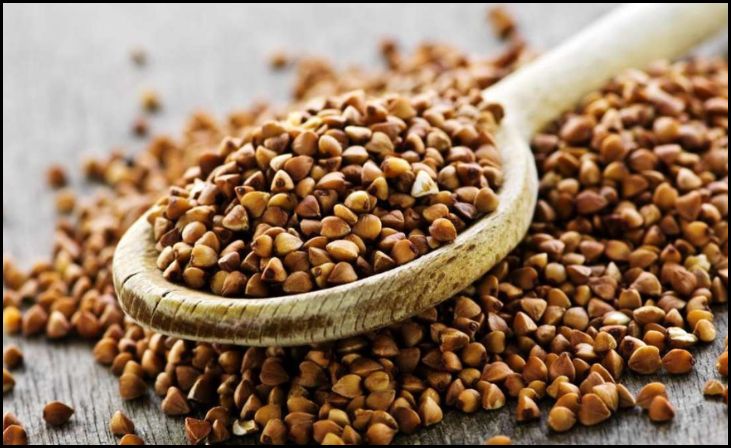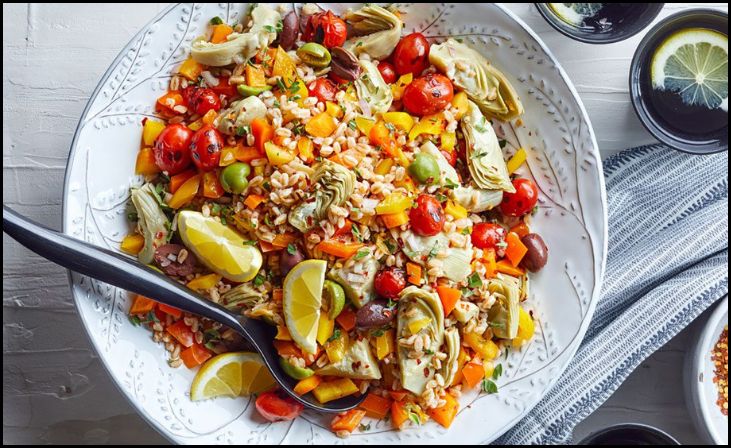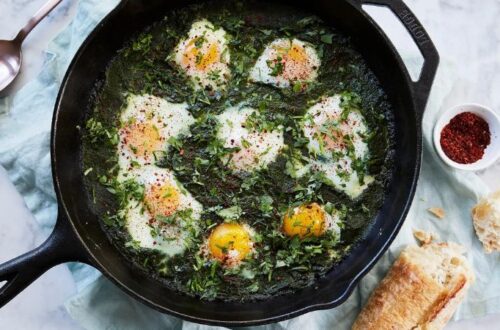In a world where nutrition plays a crucial role in maintaining overall health, incorporating whole grains into your diet is essential. Whole grains are packed with essential nutrients, fiber, and antioxidants, making them a valuable addition to any meal plan. Let’s delve into the seven healthiest whole grains that you should consider adding to your diet for optimal health.
1. Barley: A Fiber-Rich Powerhouse

Barley, a staple in many cuisines worldwide, boasts an impressive nutritional profile. Rich in phytochemicals and soluble fiber beta-glucan, barley offers numerous health benefits. Whether incorporated into salads, soups, or grain bowls, barley’s high dietary fiber content makes it a top choice for promoting digestive health and satiety.
2. Quinoa: The Complete Protein Grain
Originating from South America, quinoa has gained popularity for its nutrient density and versatility. Unlike most plant-based sources of protein, quinoa contains all nine essential amino acids, making it a complete protein. Additionally, its quick cooking time of around 15 minutes makes it a favorite among meal preppers seeking convenience without compromising nutrition.
3. Amaranth: Gluten-Free and Nutrient-Dense
Amaranth, a lesser-known whole grain, is a nutritional powerhouse packed with essential nutrients. Gluten-free and rich in protein, phosphorus, manganese, and magnesium, amaranth offers a myriad of health benefits. Whether consumed as a cereal, in granola, or as Japanese soba noodles, incorporating amaranth into your diet can support overall health and well-being.
4. Buckwheat: Versatile and Gluten-Free

Buckwheat, despite its name, is not a type of wheat and is naturally gluten-free. This nutrient-rich whole grain is commonly used in various dishes, including granola, pancakes, and Japanese soba noodles. With its high protein content and abundance of phytochemicals, buckwheat is an excellent choice for those seeking a nutritious and gluten-free alternative to traditional grains.
5. Teff: Tiny but Mighty
Teff, the smallest grain known to man, packs a powerful nutritional punch. A staple in Ethiopian cuisine, teff is rich in protein and boasts an impressive amino acid profile. Alongside amaranth, teff ranks among the highest protein grains, making it an ideal choice for individuals looking to increase their protein intake while enjoying the benefits of whole grains.
6. Oats: Heart-Healthy and Antioxidant-Rich
Oats are renowned for their heart-healthy properties and antioxidant content. Rich in polyphenols and beta-glucan, oats offer potent anti-inflammatory and cholesterol-lowering effects. Whether enjoyed as a warm bowl of oatmeal or incorporated into baked goods, oats are a versatile and nutritious addition to any diet.
7. Farro: A Mediterranean Staple

Farro, a popular grain in Italian and Mediterranean cuisine, comes in two primary varieties: pearled and traditional. While pearled farro is processed for quicker cooking, traditional farro retains its natural state, offering a chewy texture and nutty flavor. Packed with fiber, protein, and essential nutrients, farro is a wholesome grain that can elevate both the flavor and nutritional value of your meals.






